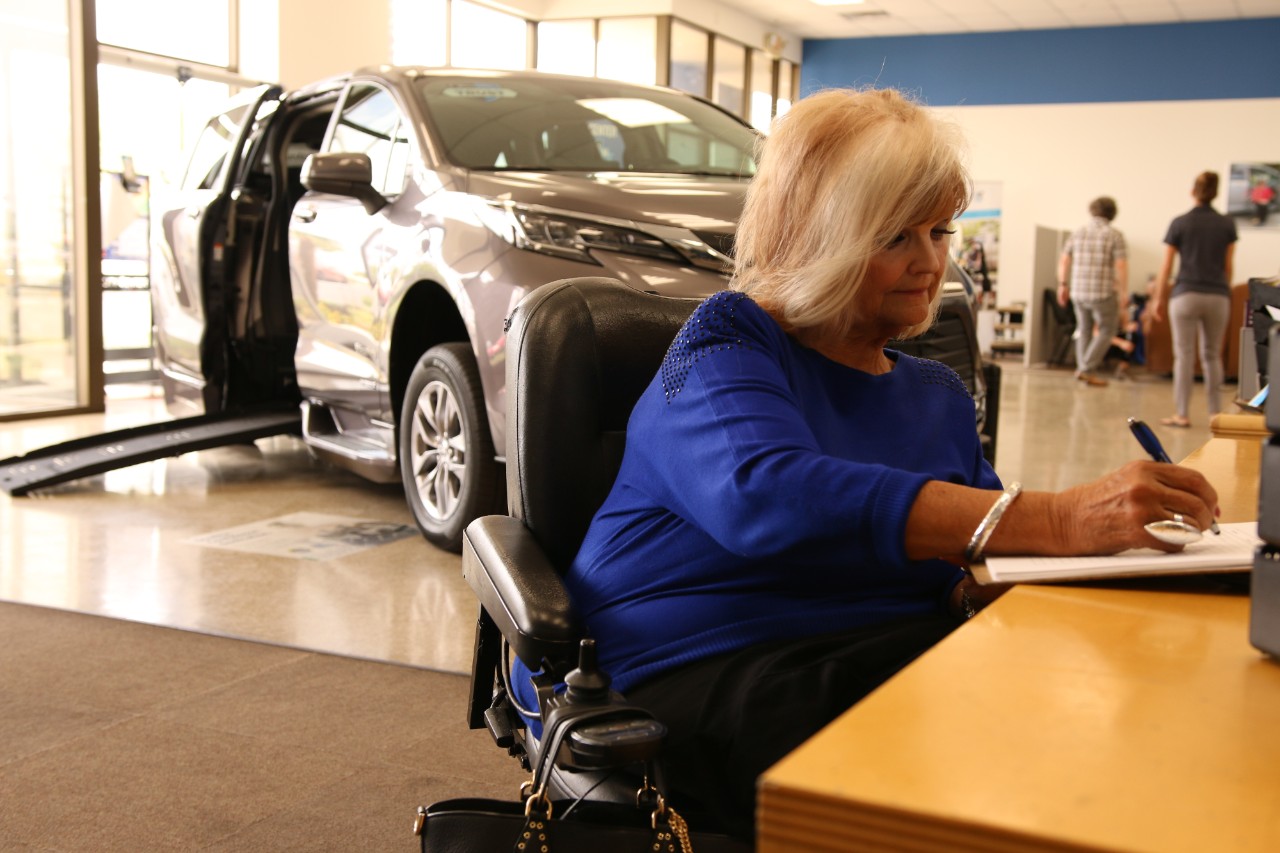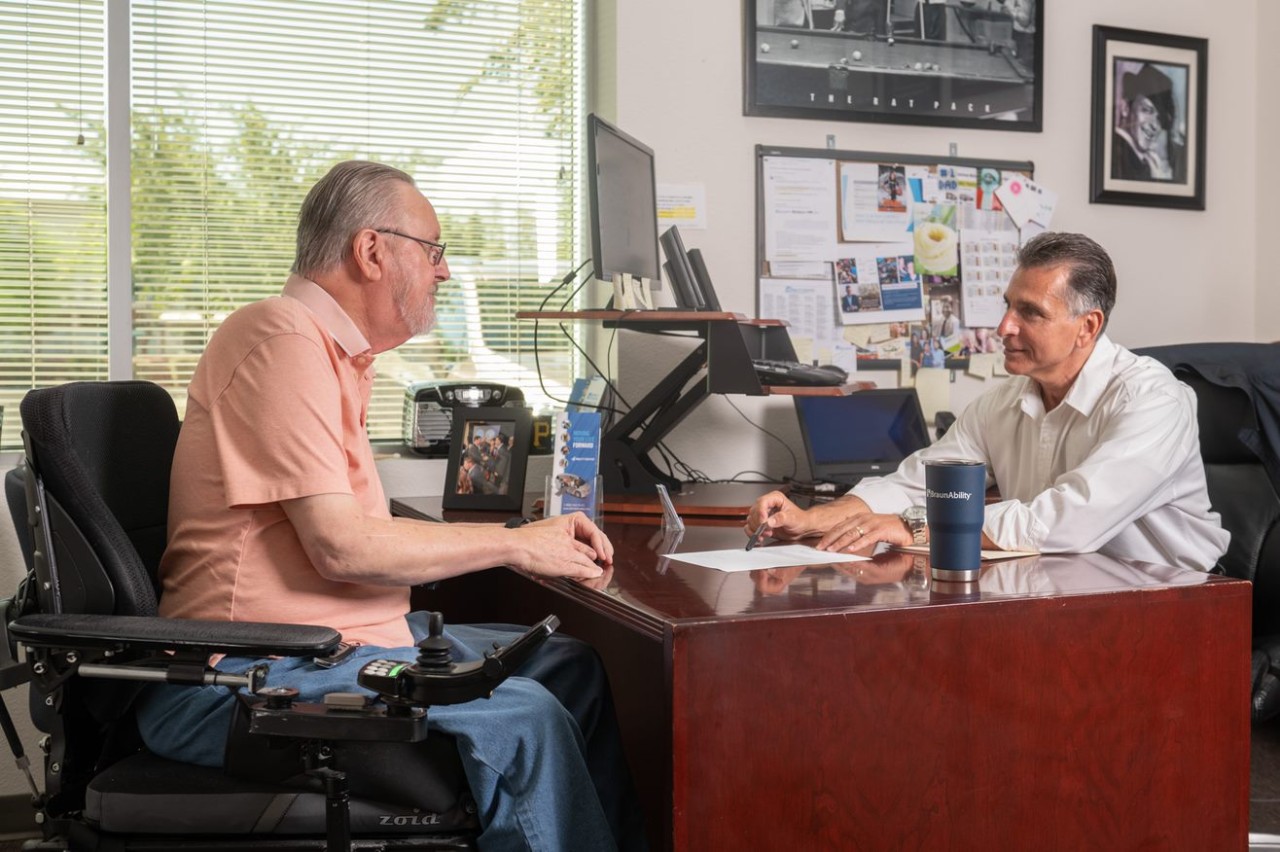
Understanding the Genesis of Complex Rehab Funding
Understanding Complex Rehab Funding
If you think funding for equipment is bad today, think about this: When your grandfather was a young man, there was no funding for wheelchairs. Individual ownership of a wheelchair was rare. In fact, “wheelchairs” were better known as “invalid chairs,” and most were owned by hospitals for patient transport.
A brief review of the modern history of the wheelchair helps put the current fight for funding in perspective. Who fought the battle? What started the revolution? And why were they successful?
“Lamentable & Pathetic Figure”
Before World War II, the survival rate after a spinal cord injury was less than 20 percent. What of those who survived? One man described the World War I veteran with a spinal cord injury as a “lamentable and pathetic figure…dependent, at every moment of the day, upon the ministrations of others…with a body that cannot feel, limbs that cannot move, fingers without touch, and hands as listless as the hands of the dead.” It was expected that survivors would be confined to bed as invalids without purposeful activity for the remainder of a short life, almost dying in a few months with horrible pressure sores and infections.
During World War II, great strides were made in the medical management of spinal cord injuries, and the survival rate jumped to 90 percent. Unfortunately, there wasn’t much of a life to come home to. Rehabilitation programs didn’t exist. Survivors lived in hospitals, as physical and environmental barriers prevented mobility outside the facilities.
James Burke, injured in 1940, recounts that there was no chance of returning home from the hospital because there was no outside support. Even in the hospital, independent mobility was out of the question. “I didn’t have a wheelchair,” he said. “There were only a half dozen wheelchairs in the hospital, and they had to be shared among people…Wheelchairs were for transferring people to treatment… they were not for patients to sit around in.”
Greater Expectations
All of this began to change with the introduction of the Everest & Jennings (E&J) folding wheelchair, and the determination of a handful of individuals to show that a disabled person could lead a purposeful life.
One of the first Canadian battlefield injured was a man by the name of James Counsell, who had the financial means to buy himself an E&J wheelchair, and with determination taught himself to transfer in and out of bed and the car, as well as pull his wheelchair into the car.
With those skills and hand controls, community mobility and a return to purposeful life became a possibility. In 1943, Counsell lobbied the Canadian government to purchase E&J wheelchairs for veterans with an SCI, but one pivotal official felt “The price of $162.50 is quite high, and the intrinsic value of the chair certainly would not warrant payment of such a figure.”
Counsell and others continued to lobby the government for rehabilitation programs. In 1944, the government agreed to convert a large Toronto mansion into a rehabilitation center. Finally, in February 1945, the Canadian government approved the purchase of E&J wheelchairs for veterans with an SCI. The United States followed suit later in 1945.
Counsell and others WWII vets with spinal cord injuries formed the Canadian Paraplegic Association to secure rehabilitation and wheelchairs for both veterans and civilians. Similar organizations were also formed in the United States. At that time, there were no clinical rehab programs, vocational rehab, accessible buildings, cars, or buses. It would be decades before the change would come to include veterans and civilians with all manner of disabilities, and laws requiring community access for people with disabilities.
Specialized Rehab Has Become a Commodity
Those individuals had to push boundaries to show the value of the services, equipment, and policy changes that have made it possible for people with severe disabilities to enjoy the quality of life and have lived with purpose.
Decades ago, who would’ve imagined that a person with C5/6 level quadriplegia could live and work independently, drive a car, fly an airplane? That a person with severe spastic quadriplegia could drive a power chair with his head, communicate with an electronic device, go to college, and work in the community? The awareness that those early pioneers brought to the value of the services and equipment for affected individuals has changed their lives and created the industry we all work in.
However, as funding for equipment has become more mainstream in this country, some portion of what was once a specialized rehab service has become a commodity when advertising leads many to believe that every person with insurance deserves a free power chair.
But for all of us who work to improve the quality of life for individuals who live with a severe disability, we have an opportunity to continue the work of those early “rehab pioneers.” Each one of us can show that what we do for the severely disabled is a valuable specialty that is essential for the community.
You can do it by pushing boundaries for the people you work with today. Learn new techniques, implement new technology and educate your clients to inform them about what they can do in spite of deficits so that they have the desire to push their own boundaries. Your client will only fight for the possibilities they know about, and you can be the source of that information.
During the next few months, this new column — Pushing Boundaries and Dispelling Myths — will cover topics we hope you can use to help people with mobility deficits to live purposeful lives. Various contributors will be collaborating to bring you ideas on new technology, new practice methods, new use of existing technology, application of research to seating and mobility, and the integration of standards of practice and outcome measures into daily practice among other topics.
Author’s note: Historical information is from the paper “Going Back to Civvy Street” by Mary Tremblay.
This article originally appeared in the January 2011 issue of Mobility Management.
About the Author, Kevin Phillips, CRTS, ATP/SMS, is a frequent presenter at complex rehab technology events such as the International Seating Symposium. He has 15 years of experience as a rehab seating and mobility supplier and currently works at the San Diego United Access.
Connect with Us
Sign up to receive our newsletter to stay up to date on the latest United Access news, events, and products.


